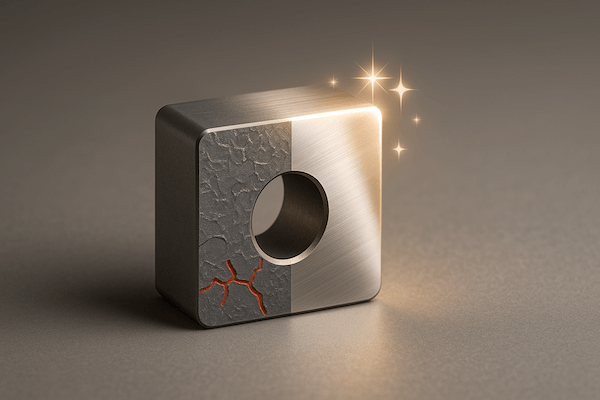
In high-performance industrial tools, especially those made from tungsten carbide, surface finish is not just a cosmetic attribute—it is a key technical factor that directly affects tool performance, longevity, and application compatibility. This article explores what surface finish means, why it matters for cemented carbide tools, how it’s measured, and how it’s optimized in manufacturing.
What Is Surface Finish?
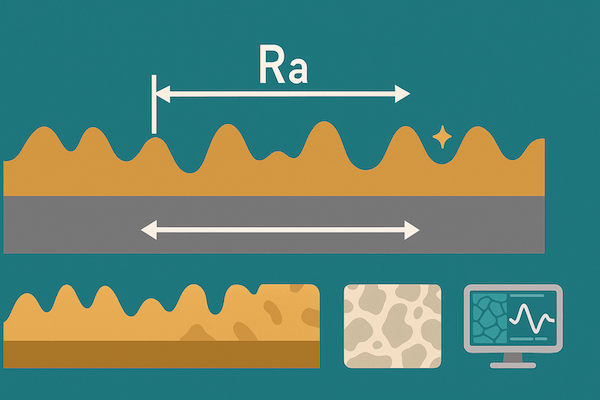
Surface finish refers to the texture and quality of a tool’s surface after machining, grinding, or polishing. It includes the microscopic peaks and valleys present on the material surface and is usually quantified by parameters such as:
Ra (Roughness Average)
Rz (Maximum Height of Profile)
Rt (Total Height of Profile)
A smoother surface finish typically means fewer imperfections, better wear resistance, and reduced friction in service.
Importance of Surface Finish in Tungsten Carbide Tools
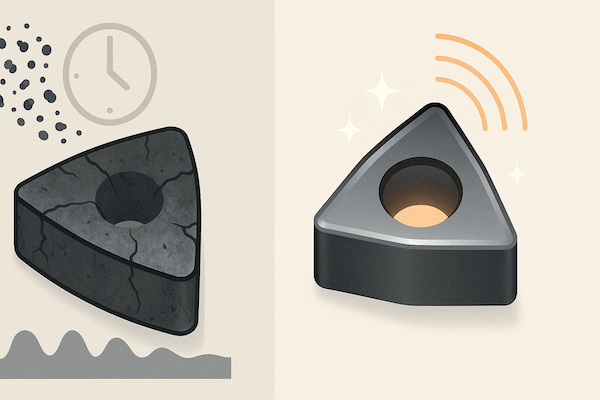
1. Wear Resistance and Tool Life
Tungsten carbide is a hard, wear-resistant material used in cutting, drilling, and forming applications. A smooth surface finish:
Reduces abrasion from work materials
Minimizes stress concentrations at surface defects
Prevents premature coating delamination
The result is a longer-lasting tool, especially in high-speed or continuous-use environments.
2. Friction and Heat Generation
Rough surfaces increase friction and localized heat, which can degrade both the tool and the workpiece. Fine surface finishes reduce:
Cutting resistance
Built-up edge formation in cutting tools
Heat accumulation at the tool-work interface
This is essential in machining delicate materials or operating under dry-cut conditions.
3. Sealing and Mating Surface Performance
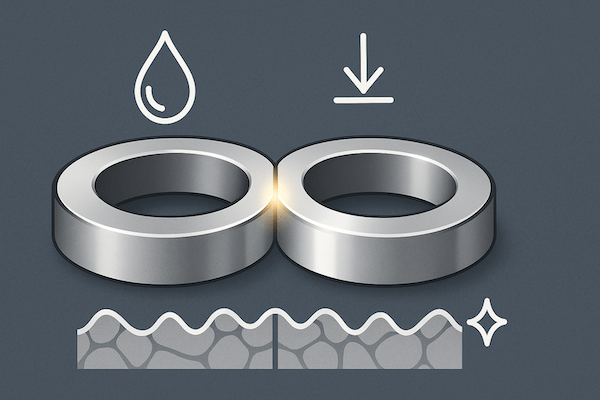
In valve seats, seal rings, and dies, surface finish determines sealing integrity and mechanical fit. Superfine finishes are required to:
Prevent gas or fluid leakage
Ensure consistent pressure and contact across surfaces
Minimize vibration and noise during operation
Surface Finish Grades and Applications
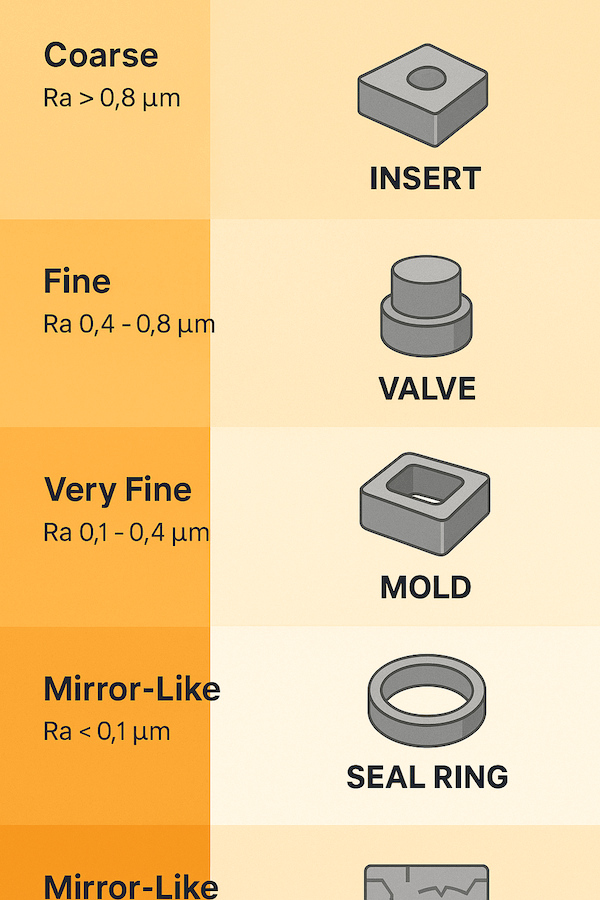
| Surface Finish (Ra µm) | Application Example |
|---|---|
| 0.01 – 0.05 | Seal rings, medical tools (mirror polish) |
| 0.05 – 0.2 | Valve seats, precision molds |
| 0.2 – 0.8 | Cutting inserts, drilling tips |
| 0.8 – 1.6 | Rough ground blanks, semi-finished tools |
How Surface Finish Is Measured
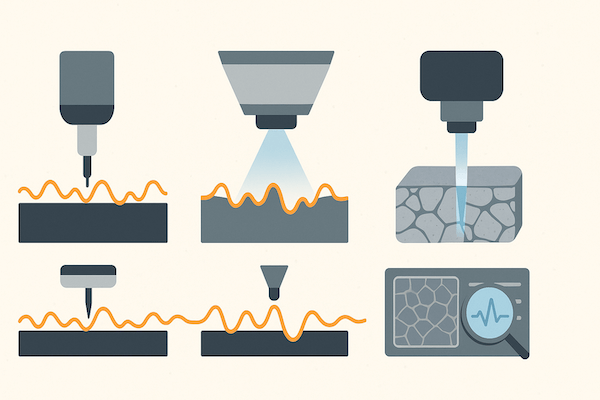
Common surface metrology methods include:
Contact Profilometers: Use a stylus to trace the surface and record vertical variations.
Optical Interferometers: Use light interference patterns to assess finish at the nano-scale.
White Light Microscopy / 3D Laser Scanning: Offer non-contact, high-resolution surface mapping.
In carbide production, these tools help manufacturers meet precise finish specifications for each application.
How Surface Finish Is Achieved in Carbide Tool Production
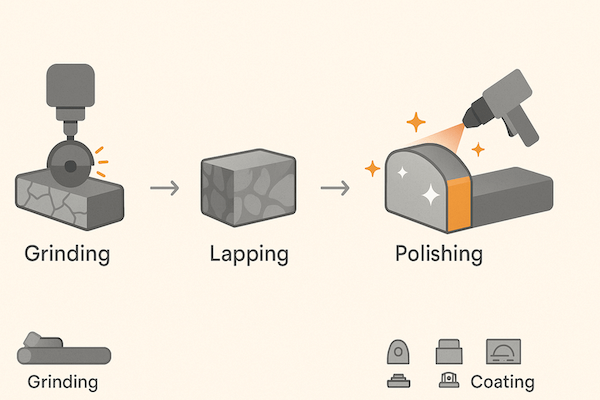
Tungsten carbide tools go through several finishing stages to achieve the desired surface quality:
Precision Grinding – Shapes the tool and removes machining marks.
Lapping – Produces flat and smooth mating surfaces using abrasive slurry.
Polishing – Delivers mirror-like surfaces for high-spec applications.
Coating (optional) – Adds wear-resistant layers without compromising base finish.
Each step must be tightly controlled, especially for tools used in sealing, electronics, or medical-grade environments.
Conclusion

In the world of tungsten carbide tools, surface finish is a critical determinant of performance, reliability, and application compatibility. Whether you’re producing seal rings, mold inserts, or cutting tools, achieving the right surface finish can mean the difference between failure and flawless operation. As manufacturing standards become increasingly demanding, precision surface finishing continues to be a key competitive factor in the carbide tooling industry.
